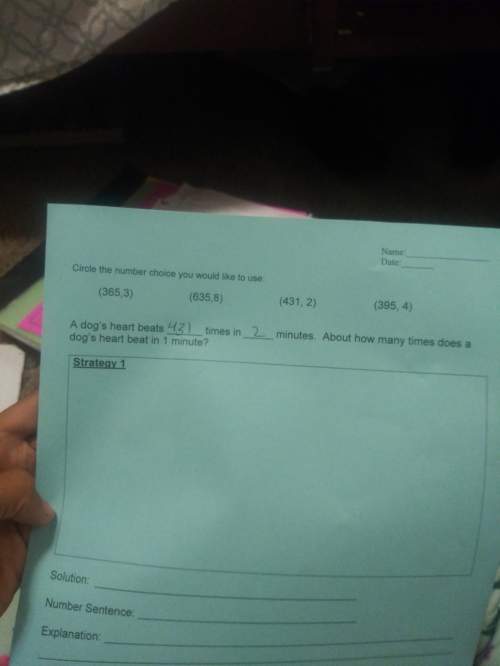
Physics, 30.08.2019 17:30 ryleepretty
Aphysics professor wants to show an interference pattern made by shining a laser on two thin slits that are separated by a distance of o.075 mm. the professor knows that she cannot get the interference pattern large enough to show to her class by just placing the slits 7 m away from the wall, so she asks her colleagues for advice. one colleague seems to remember that another professor, who retired several years ago, used to do a similar demonstration and sends the first professor to the demo room to see what she can find. the professor finds a piece of equipment that seems to be what she is looking for. a translucent screen is connected to a metal bracket that can hold two lenses. one lens is located about 10 cm from the screen and the second lens could be placed anywhere from 5 cm to 15 cm in front of the first lens (farther away from the screen) on an adjustable arm. the professor figures that an interference pattern could be made on one side of the translucent screen and the lenses could form a system that allows the final image to be projected on a distance wall or screen. a quick measurement of the first lens indicates that it has a focal length of -17 cm assume that the physics professor has a variety of lasers available to use for this demonstration. the apparatus will be placed on a table 7 m away from the wall upon which she wishes to display the projected interference pattern. (the laser is separate from the screen/lens apparatus but it will sit on the same table.) the professor decides that an interference pattern with a distance of about 75 cm between the two m- 2 bright fringes will be easy enough for her entire class to see (a) determine the focal length of the second lens that could make the demonstration work. (b) the professor cannot find a lens with that focal length that fits in the bracket on the ap- paratus the one that the retired professor used must have broken years ago! she decides to call in a favor to a friend from graduate school that now works at an optics fabrication shop. what should her "order" be? (consider the lens maker's equation) c) how many times larger is the projected interference pattern than one that could be made with just the slits alone? assume that the intensity of the image is enough for it to be seen easily note: there are many possible answers to this problem depending on choices that you? ve made be sure to clearty state any assumption that you?

Answers: 3
Another question on Physics

Physics, 22.06.2019 11:30
Balloon a has charge q, and identical mass balloon b has charge 10q. you hang them from threads near each other. choose all of the statements with which you agree. check all that apply. a. a and b exert the same magnitude forces on each other. b. the force that a exerts on b is 10 times the force that b exerts on a. c. the angle between the thread supporting a and the vertical is < the angle between the thread supporting b and the vertical. d. the force that a exerts on b is 1/10 the force that b exerts on a.
Answers: 2

Physics, 22.06.2019 16:30
The ph is the a.independent variable b.the dependent variable c.control group
Answers: 1

Physics, 22.06.2019 20:10
On a horizontal frictionless surface, a small block with mass 0.200 kg has a collision with a block of mass 0.400 kg. immediately after the collision, the 0.200 kg block is moving at 12.0 m/s in the direction 30° north of east and the 0.400 kg block is moving at 11.2 m/s in the direction 53.1° south of east. use coordinates where the +x-axis is east and the +y-axis is north.(a) what is the total kinetic energy of the two blocks after the collision (in ) what is the x-component of the total momentum of the two blocks after the collision? (indicate the direction with the sign of your ) what is the y-component of the total momentum of the two blocks after the collision? (indicate the direction with the sign of your answer.)
Answers: 1

Physics, 22.06.2019 21:00
The first law of thermodynamics states that heat added to a system is neither created nor destroyed but is as it changes into other forms of energy.
Answers: 1
You know the right answer?
Aphysics professor wants to show an interference pattern made by shining a laser on two thin slits t...
Questions

Social Studies, 16.09.2019 10:50





Mathematics, 16.09.2019 10:50


Mathematics, 16.09.2019 10:50

Geography, 16.09.2019 10:50

Mathematics, 16.09.2019 10:50



Mathematics, 16.09.2019 10:50

Computers and Technology, 16.09.2019 10:50




Chemistry, 16.09.2019 10:50

Social Studies, 16.09.2019 10:50

Biology, 16.09.2019 10:50




